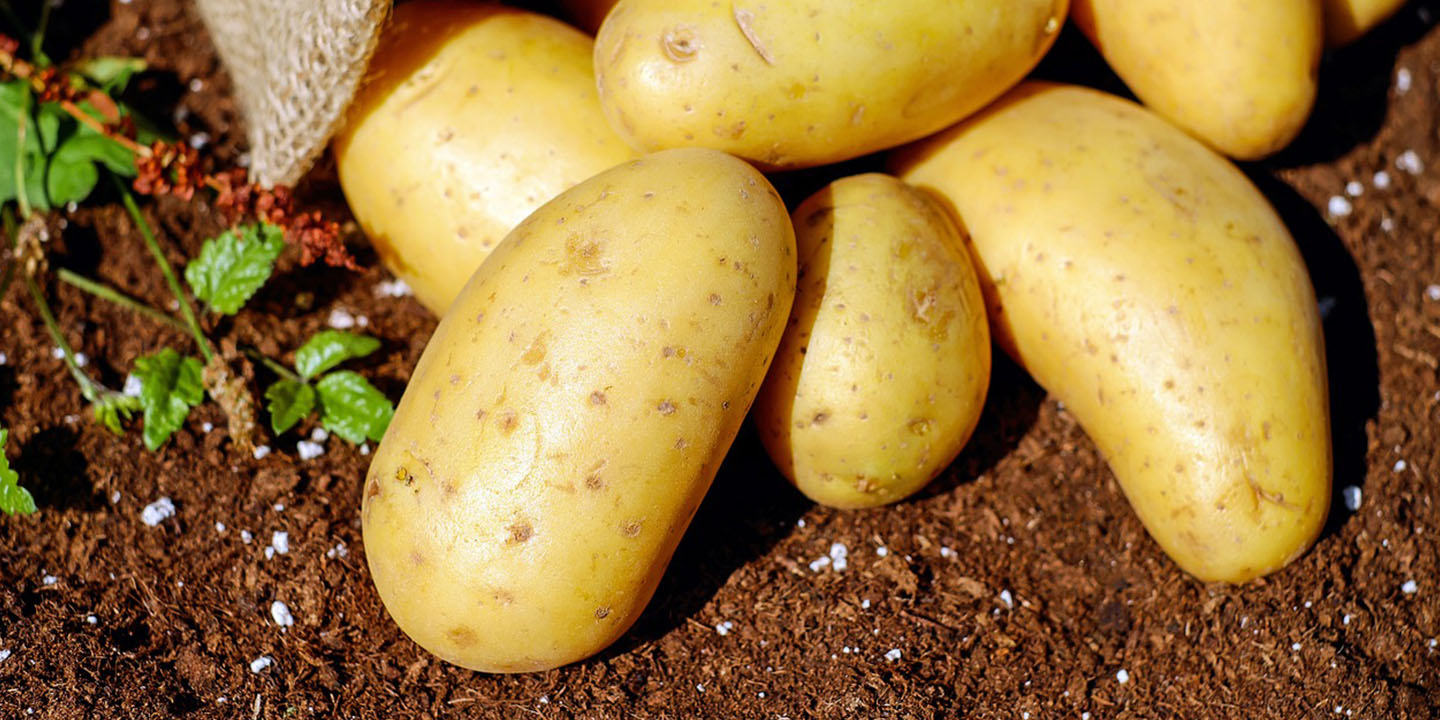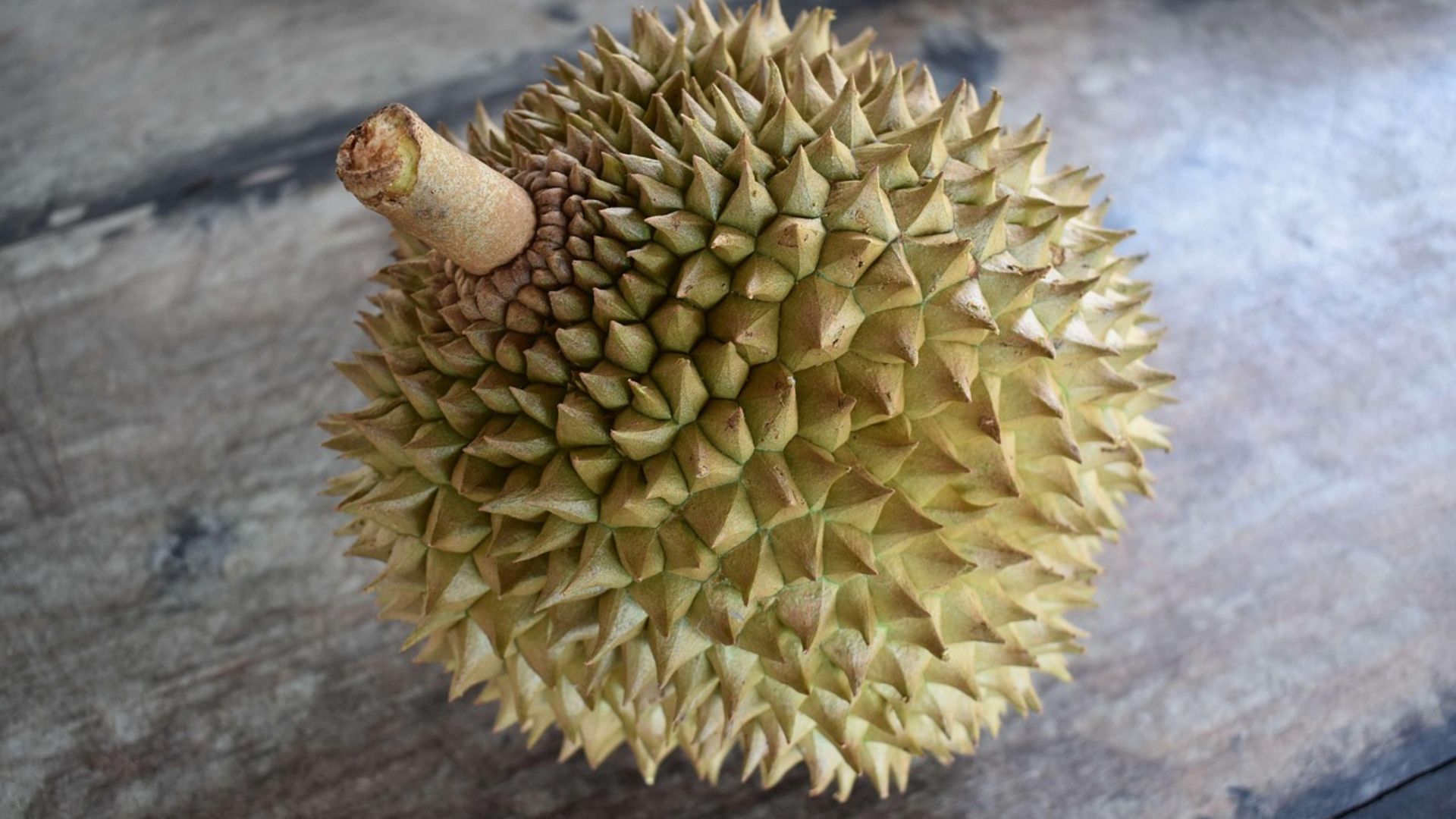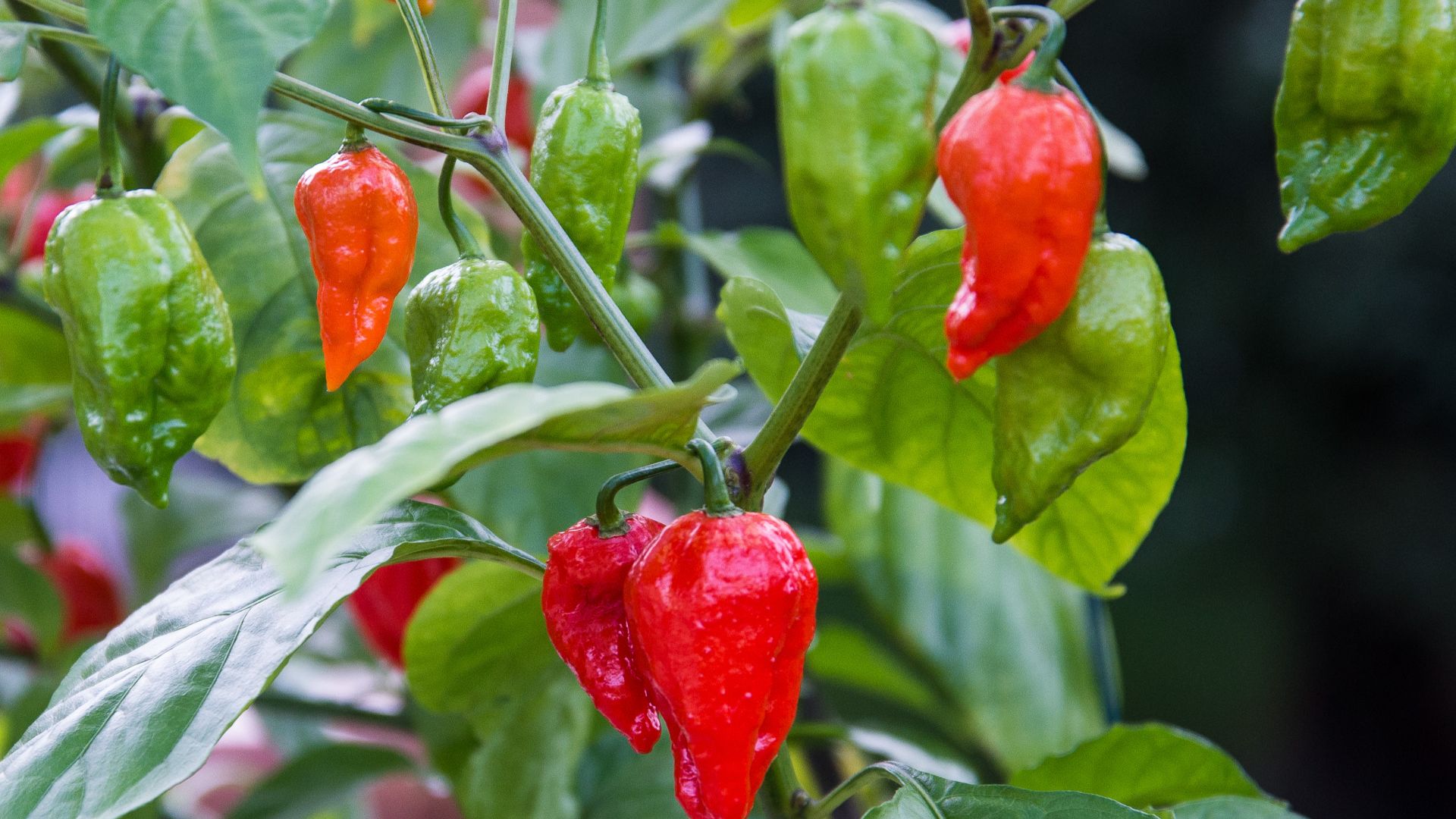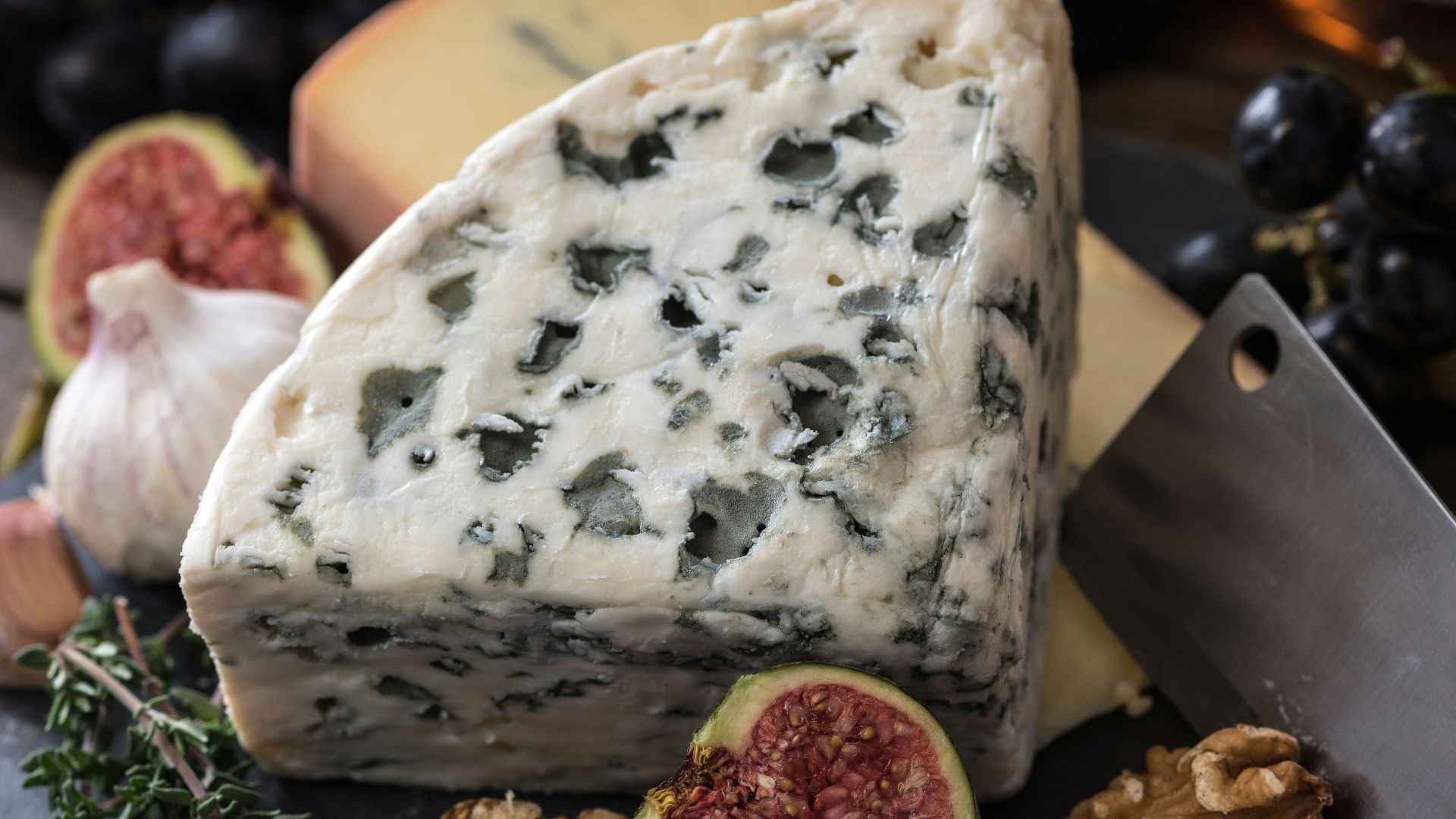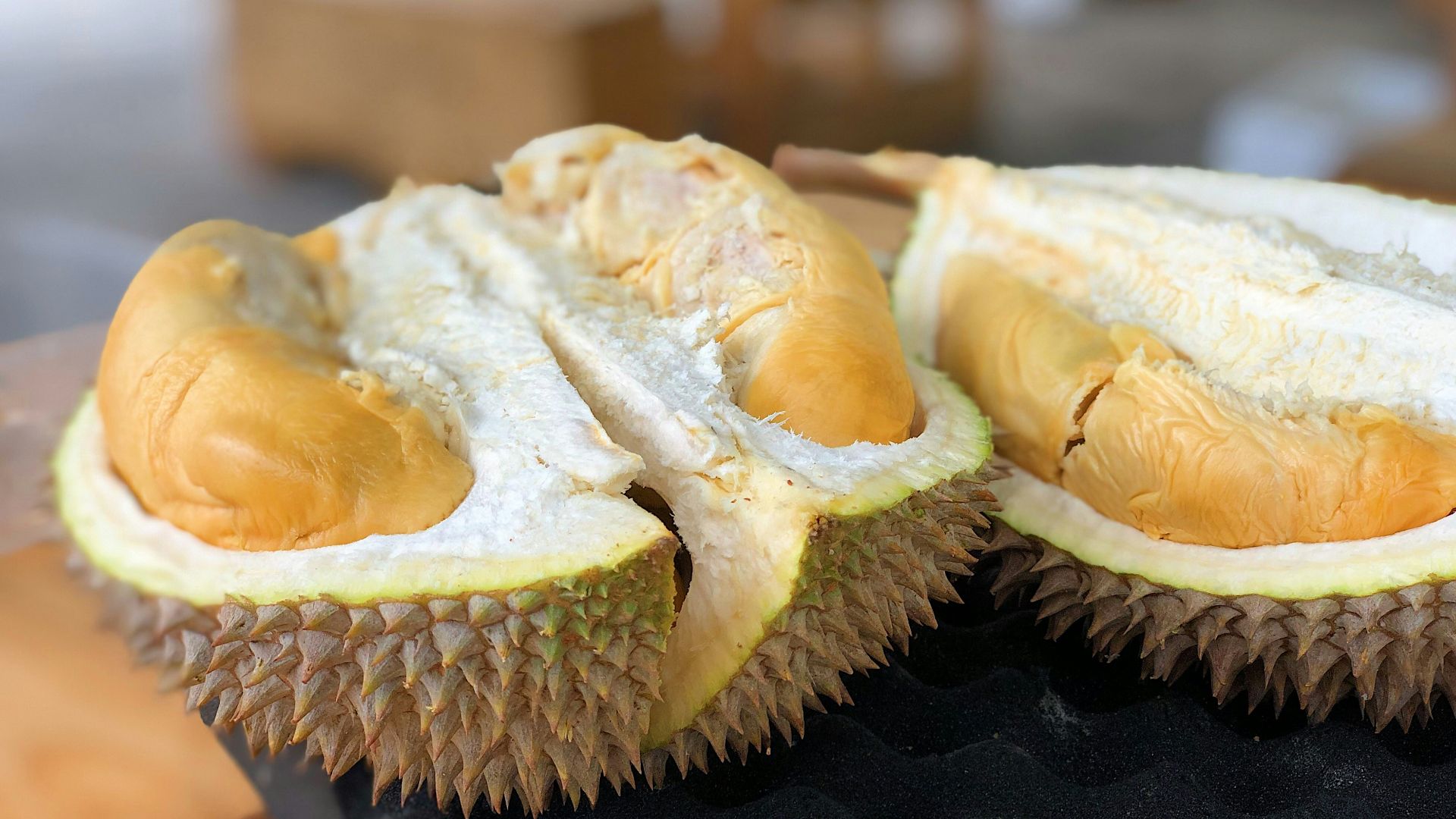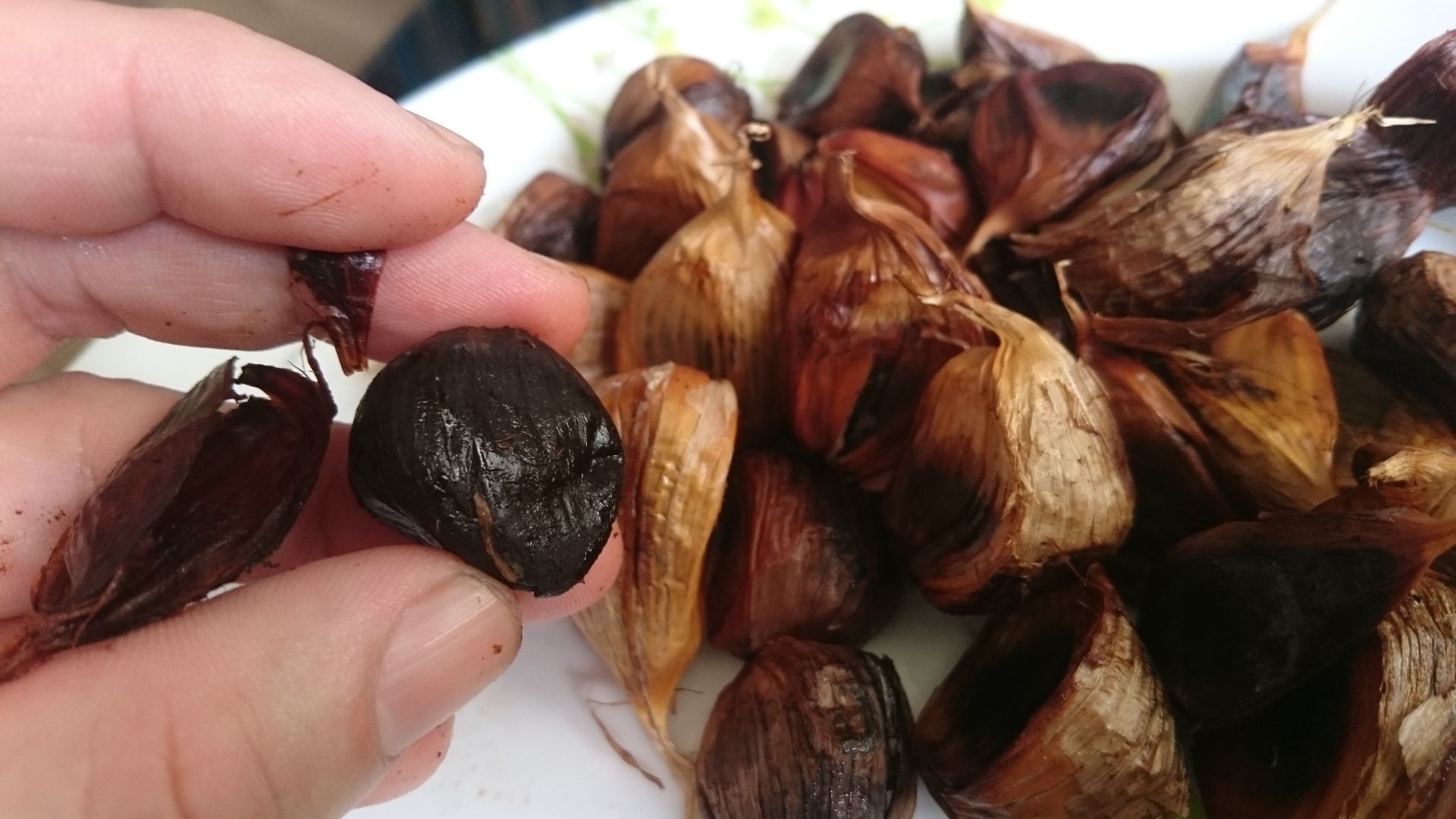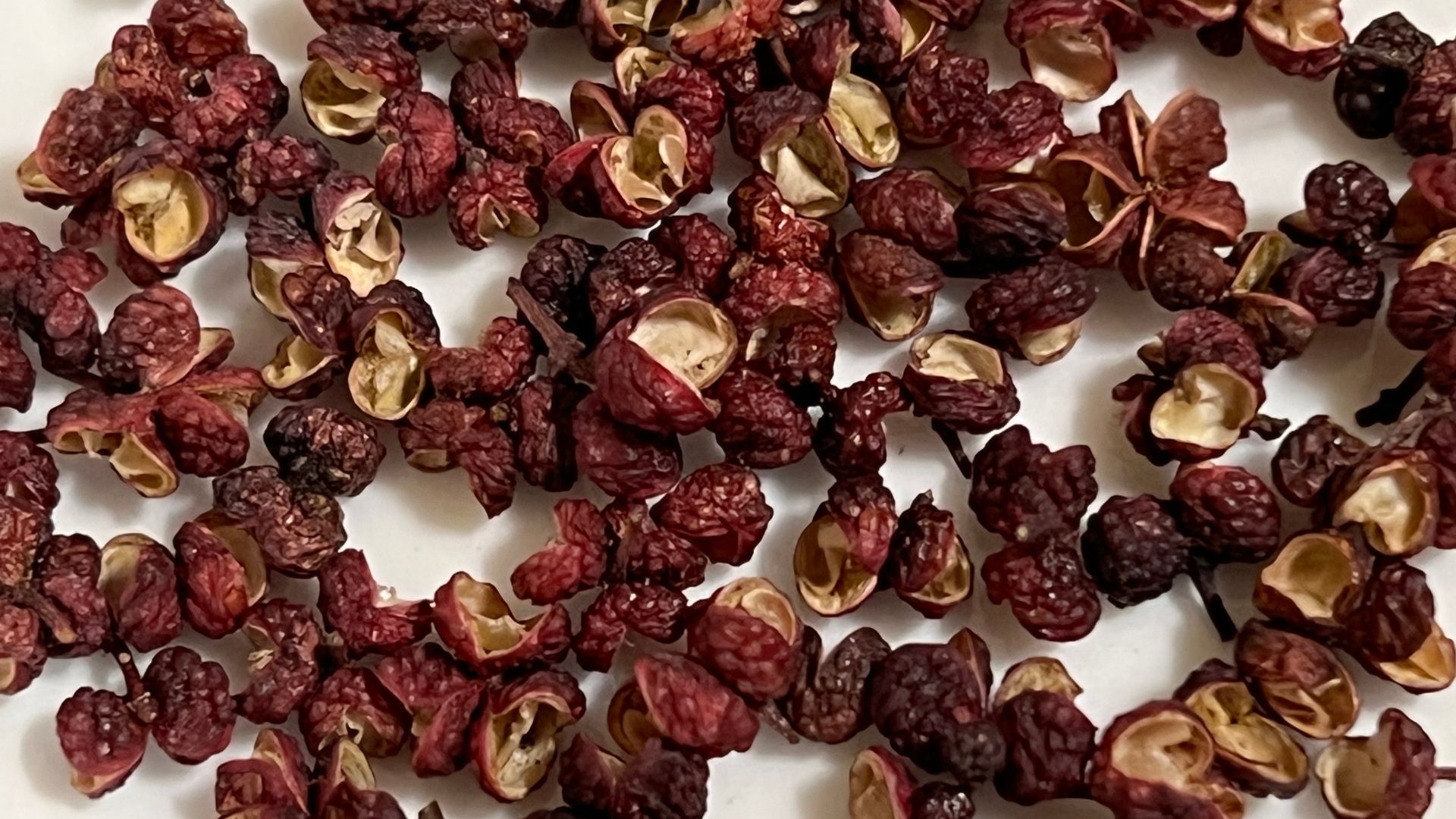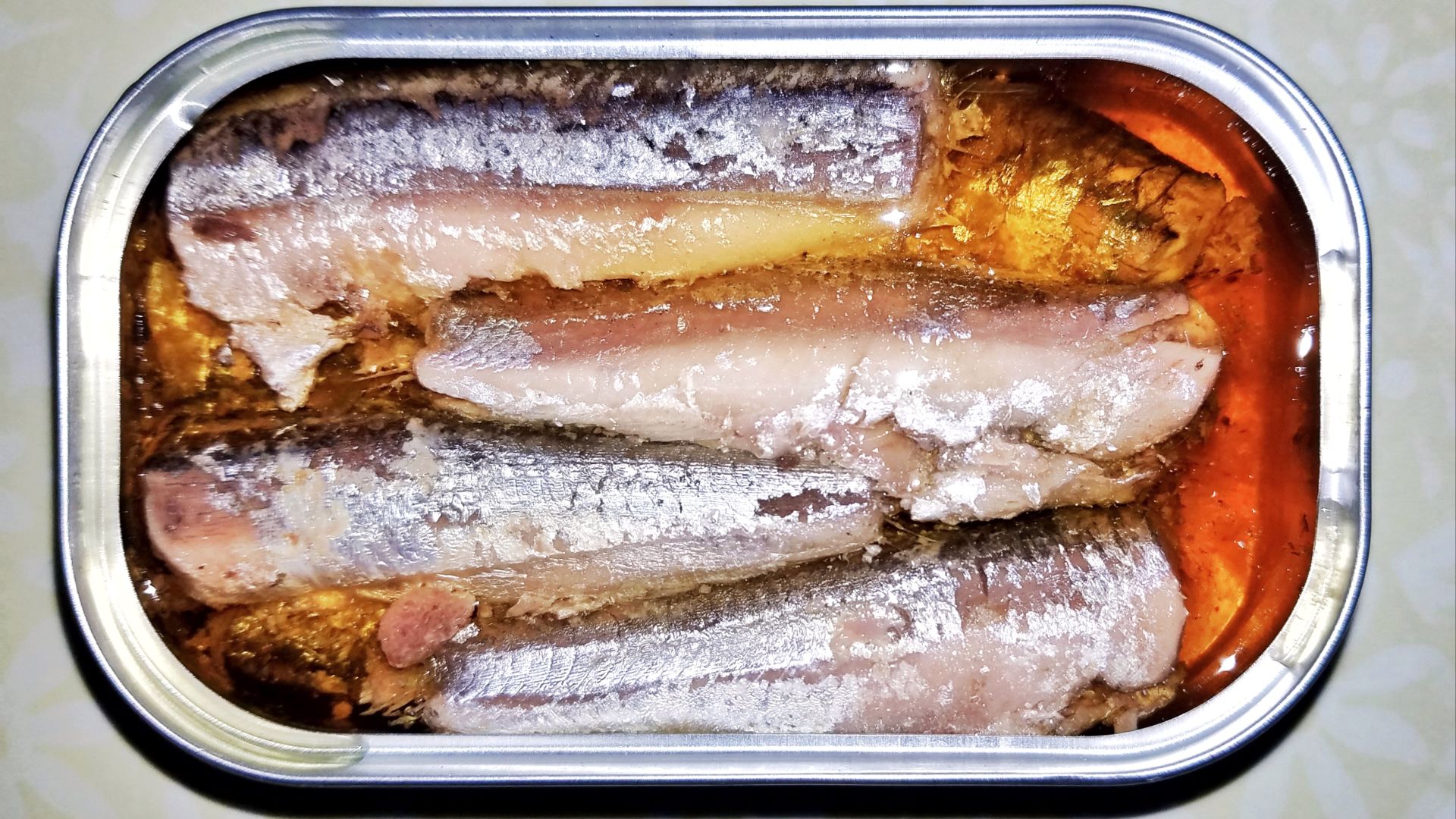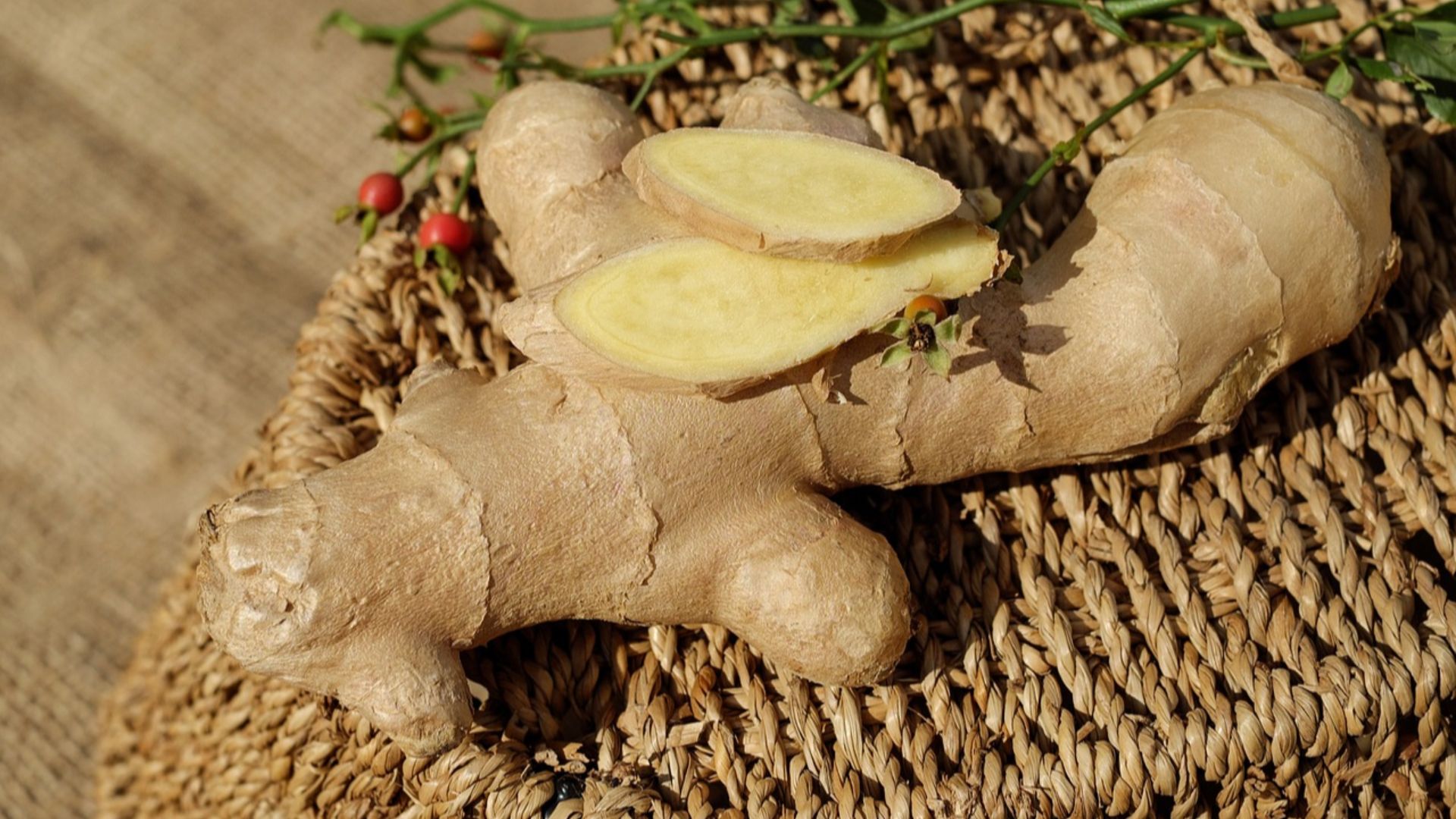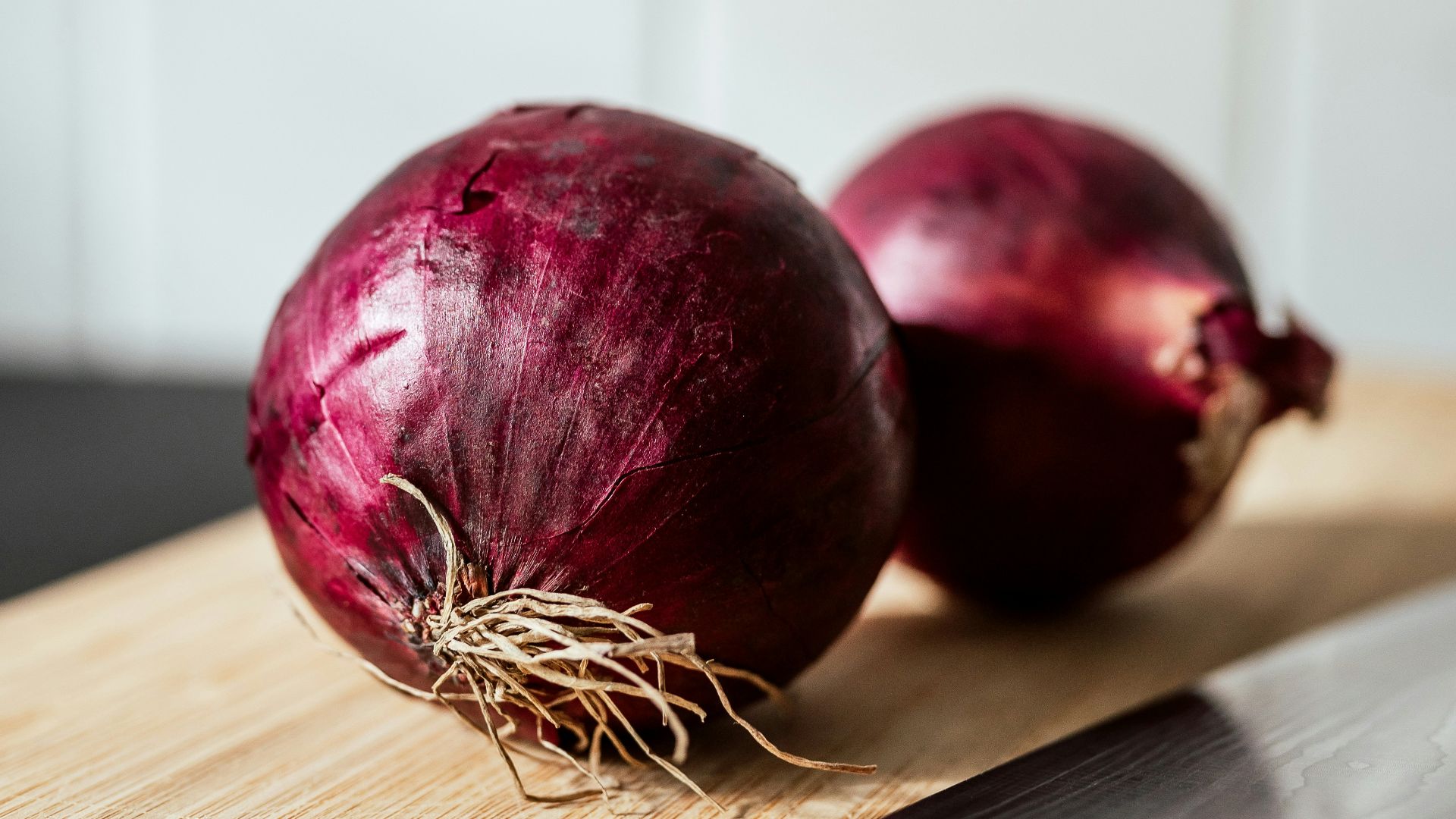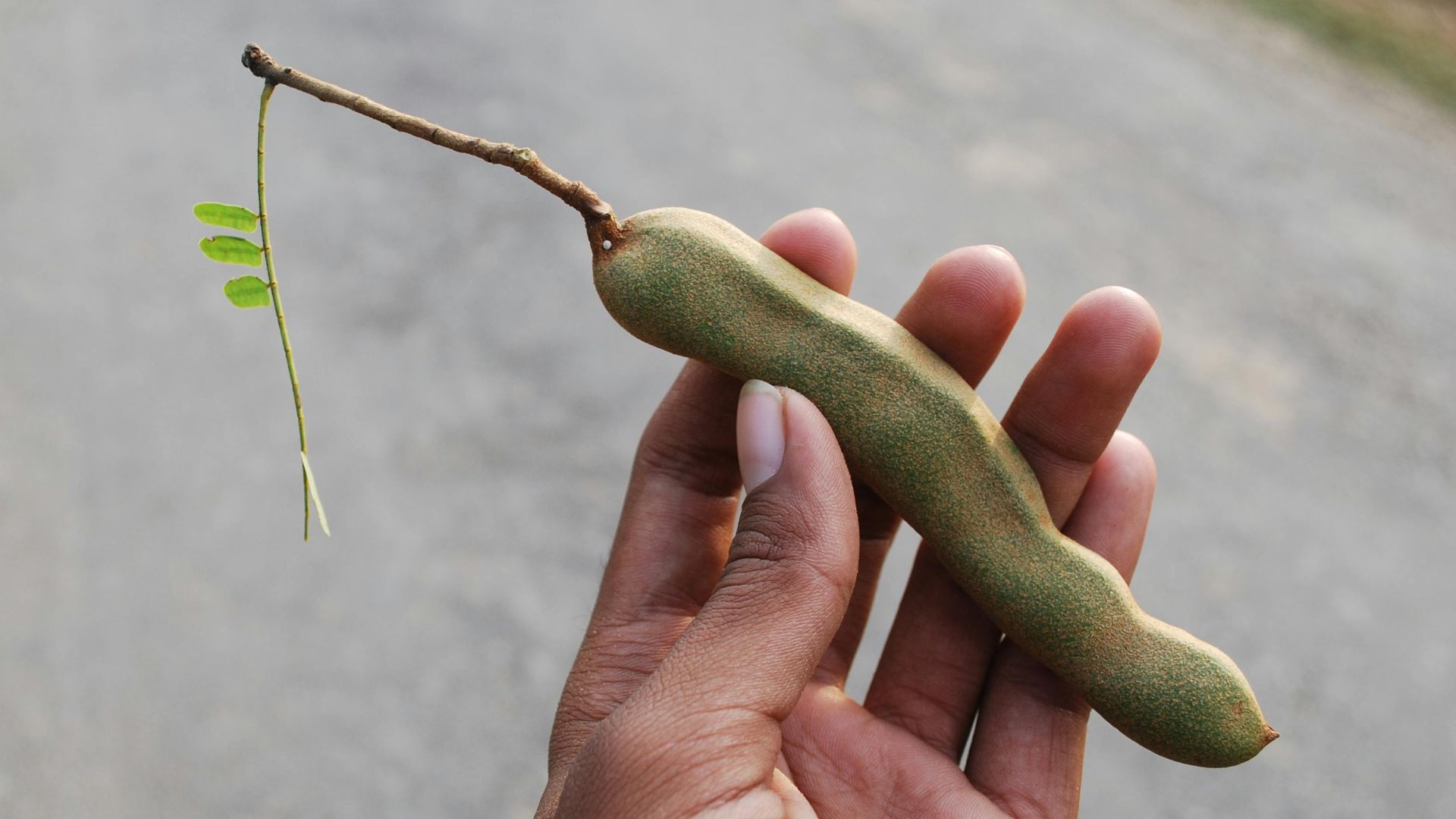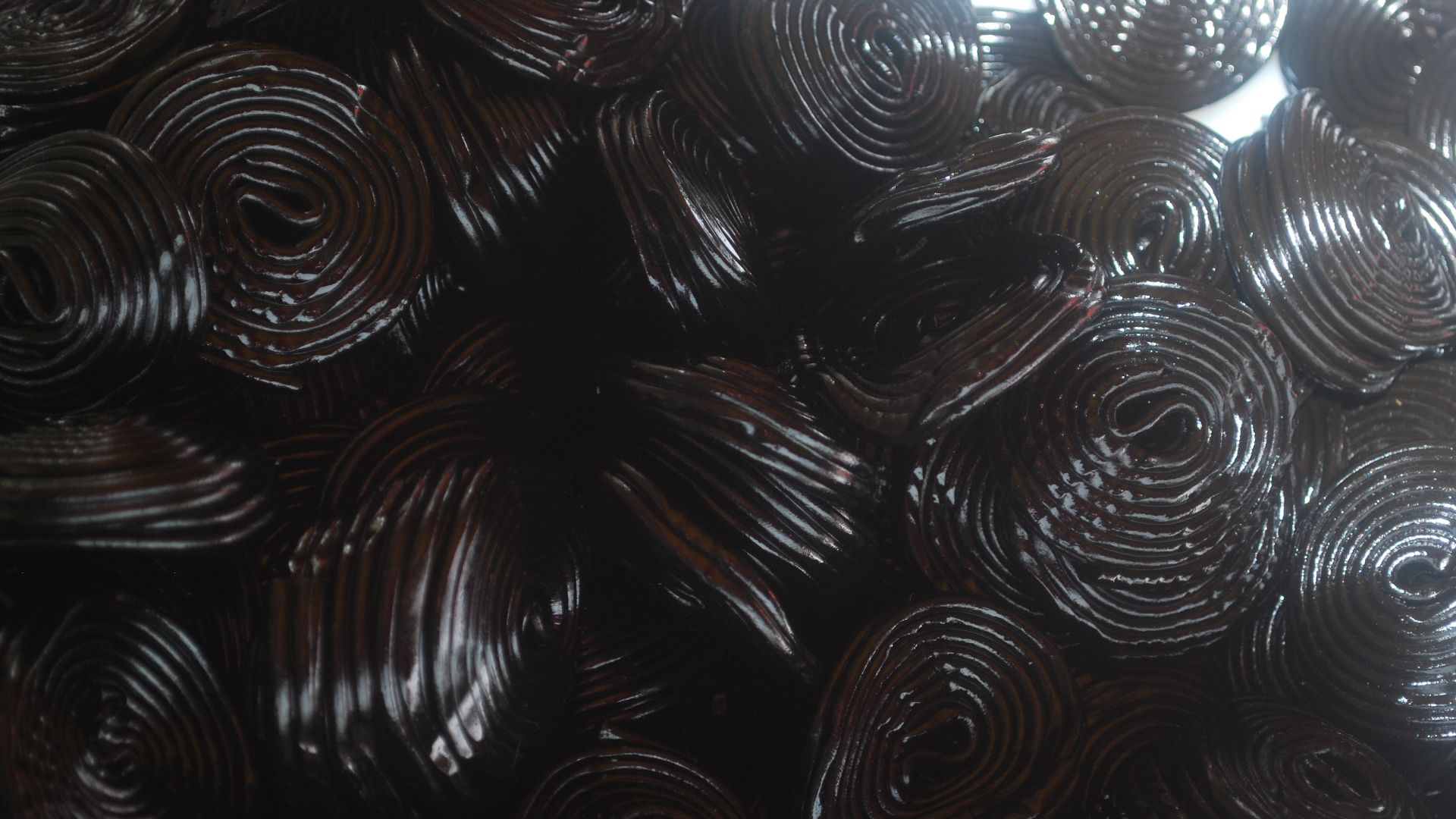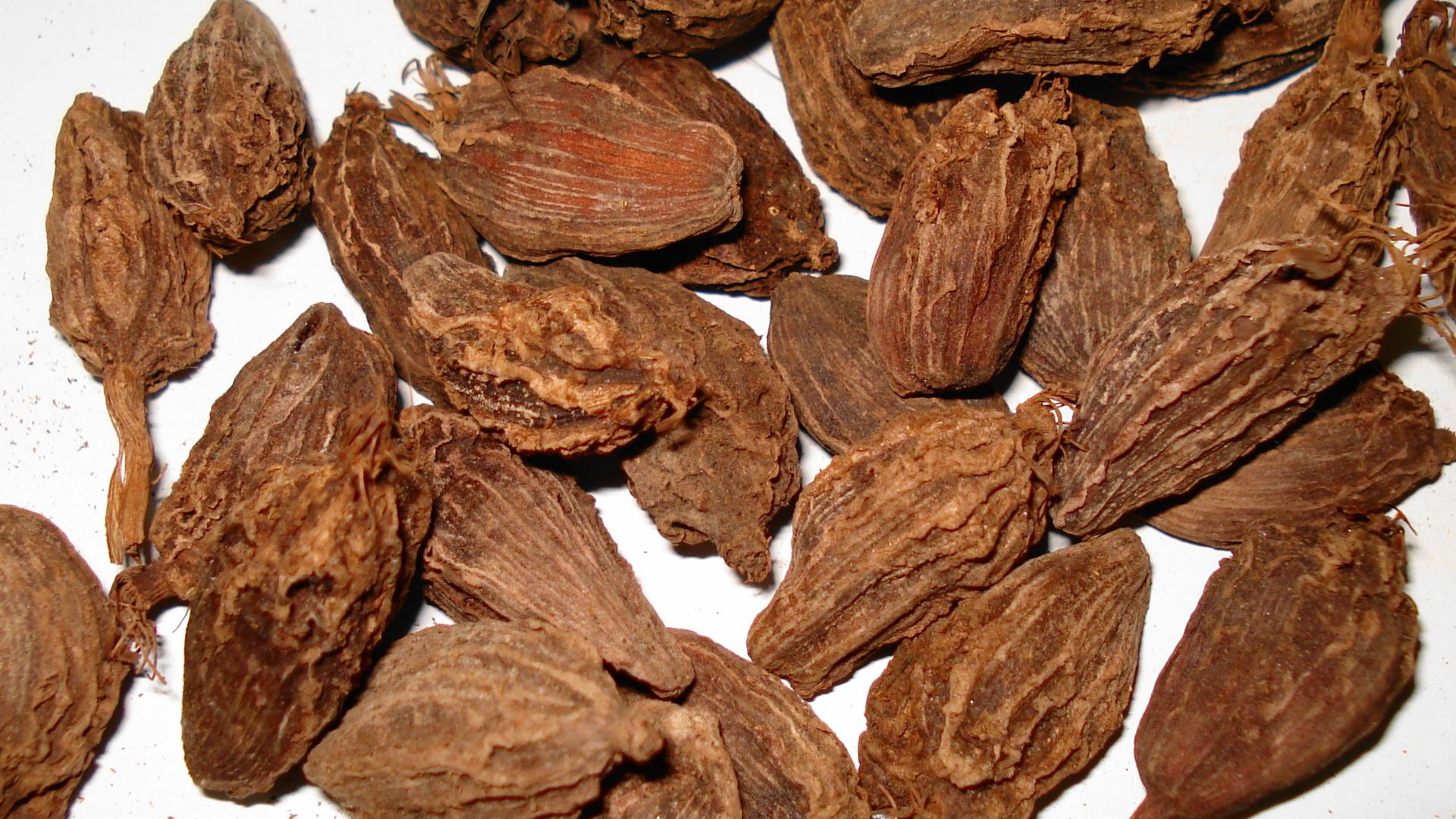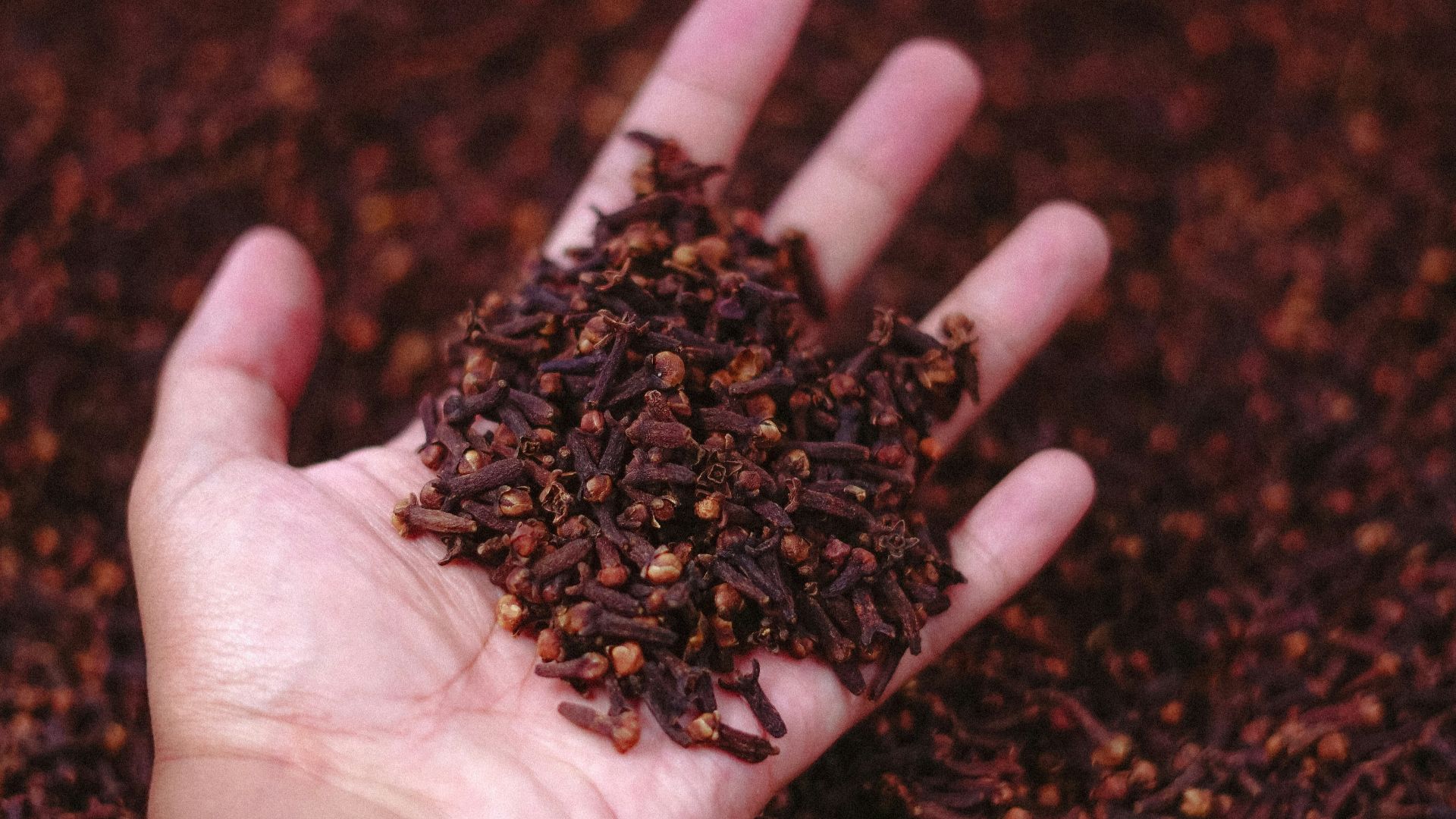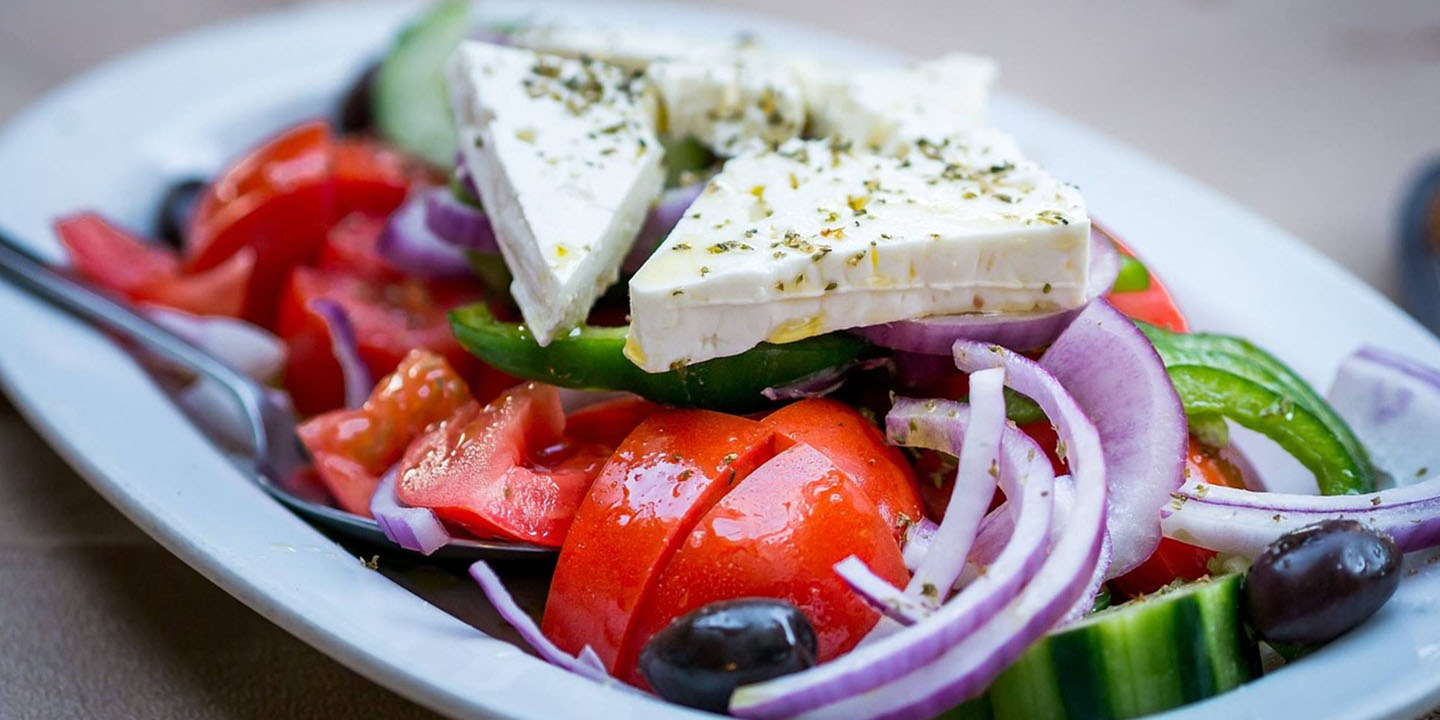Flavors So Bold, They Sting
Some foods don’t just add flavor—they take over your entire mouth. Across the globe, ingredients exist that hit hard with heat, sourness, funk, or sharp umami. Those bold bites aren’t for the faint of palate, but they’ve earned loyal fans for good reason. Each one on this list leaves a lasting impression you won’t forget in a hurry. If you think your taste buds can take it, this lineup is your challenge.
1. Wasabi
Real wasabi hits fast and sharp, thanks to allyl isothiocyanate, a naturally occurring compound that creates a spicy vapor blasting your sinuses with heat. Grown in chilly mountain streams, wasabi takes years to mature. It's far more pungent than the horseradish substitute most people know.
 David Todd McCarty on Unsplash
David Todd McCarty on Unsplash
2. Ghost Pepper
Ghost peppers register at over one million Scoville Heat Units, ranking them among the hottest chilies on Earth. They were first used in India to repel elephants. The heat builds slowly, often causing sweating, hiccups, and lasting discomfort well after the initial bite.
3. Blue Cheese
Fermented with Penicillium mold, blue cheese gets its signature tang and stinky bite from butyric acid. Its bold, salty flavor grows even more intense as it ages. Some versions smell so strong, they’re actually banned on planes to spare fellow passengers.
4. Durian
Durian’s sulfur-heavy smell hits long before you even see it. Packed with volatile compounds like ethanethiol, this spiky fruit earned bans across public transport and hotels throughout Southeast Asia. Still, it’s crowned the “King of Fruits” for a reason—its flavor absolutely demands attention.
5. Black Garlic
Black garlic undergoes a long aging process that intensifies its sweetness and umami flavors. Rich in S-allyl cysteine—a stable, beneficial compound formed during fermentation—it offers a complex taste reminiscent of molasses and balsamic vinegar. Black garlic offers twice the antioxidants found in raw garlic, making it both flavorful and nutritious.
6. Limburger Cheese
Funky and formidable, Limburger owes its smell to Brevibacterium linens—the same bacteria found on human skin. Its scent gets stronger with age, and though it once thrived in working-class American homes, today it’s banned on some airlines.
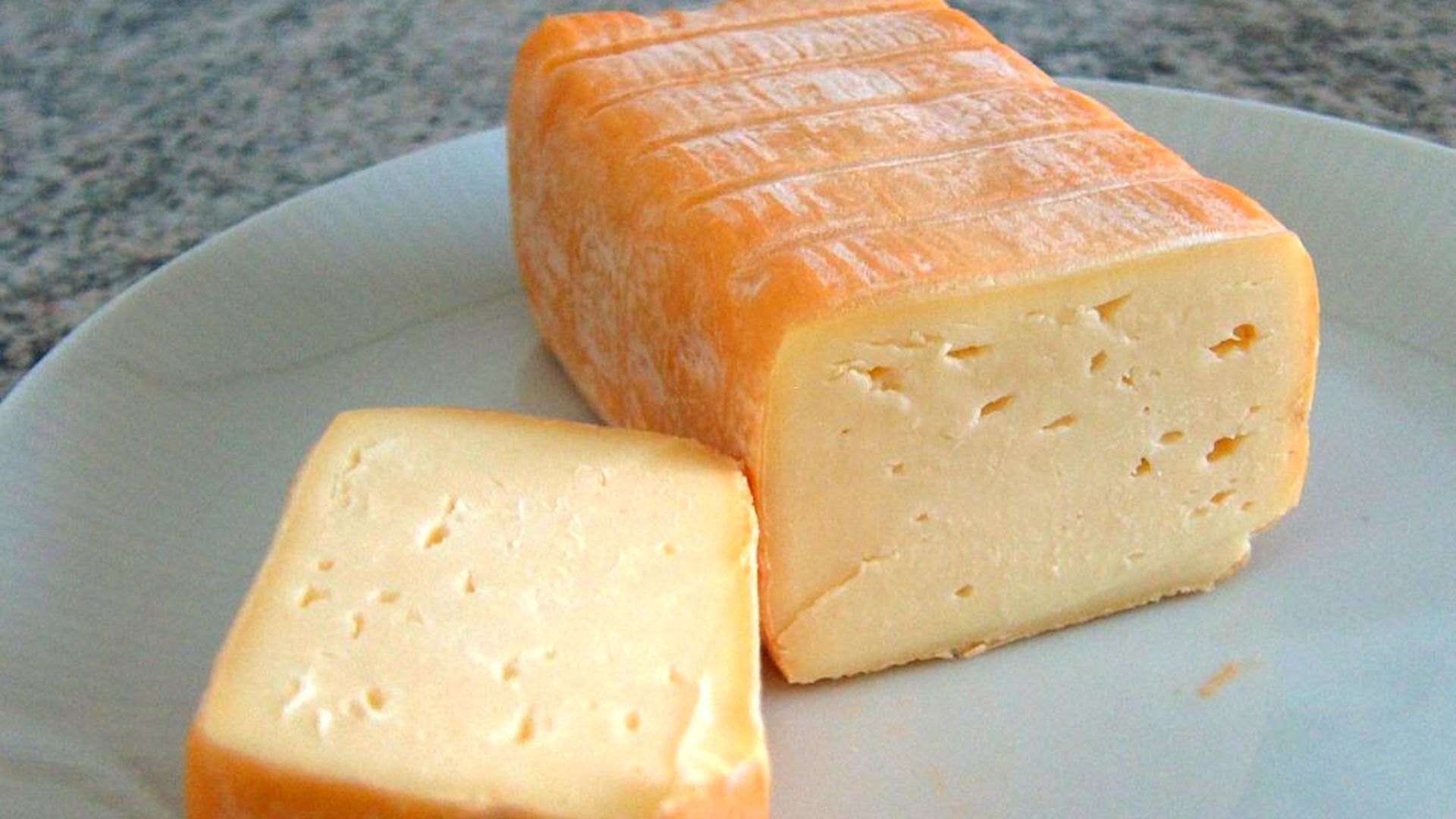 MarkusHagenlocher on Wikimedia
MarkusHagenlocher on Wikimedia
7. Horseradish
Horseradish shares the same sinus-clearing compound found in wasabi and mustard and has been used for centuries to relieve congestion. Once grated, it quickly loses potency, but during its peak, its volatile oils deliver a powerful, sinus-clearing punch that hits hard and fast.
8. Sichuan Peppercorn
These citrusy husks aren’t actually peppers and were once banned in the U.S. due to fears of spreading citrus canker, a disease that harms citrus crops. Sichuan peppercorns don’t bring heat but numbness, creating a strange, tingling buzz on the lips and tongue.
9. Anchovies
Anchovies bring a salty, umami punch because they’re packed with natural compounds that enhance savory flavor, and are cured for months. They also melt right into sauces or oils, leaving behind a savory richness. You’ll often find their bold flavor hiding in Caesar dressing or Worcestershire sauce.
10. Mustard Seeds
Mustard seeds may be tiny, but they unleash serious flavor when crushed. Their mild bitterness turns sharp and pungent the moment they're ground and mixed with liquid. Used in pickling, curries, dressings, and more, mustard seeds build complexity with very little effort—and once they start popping in hot oil, you know something good’s coming.
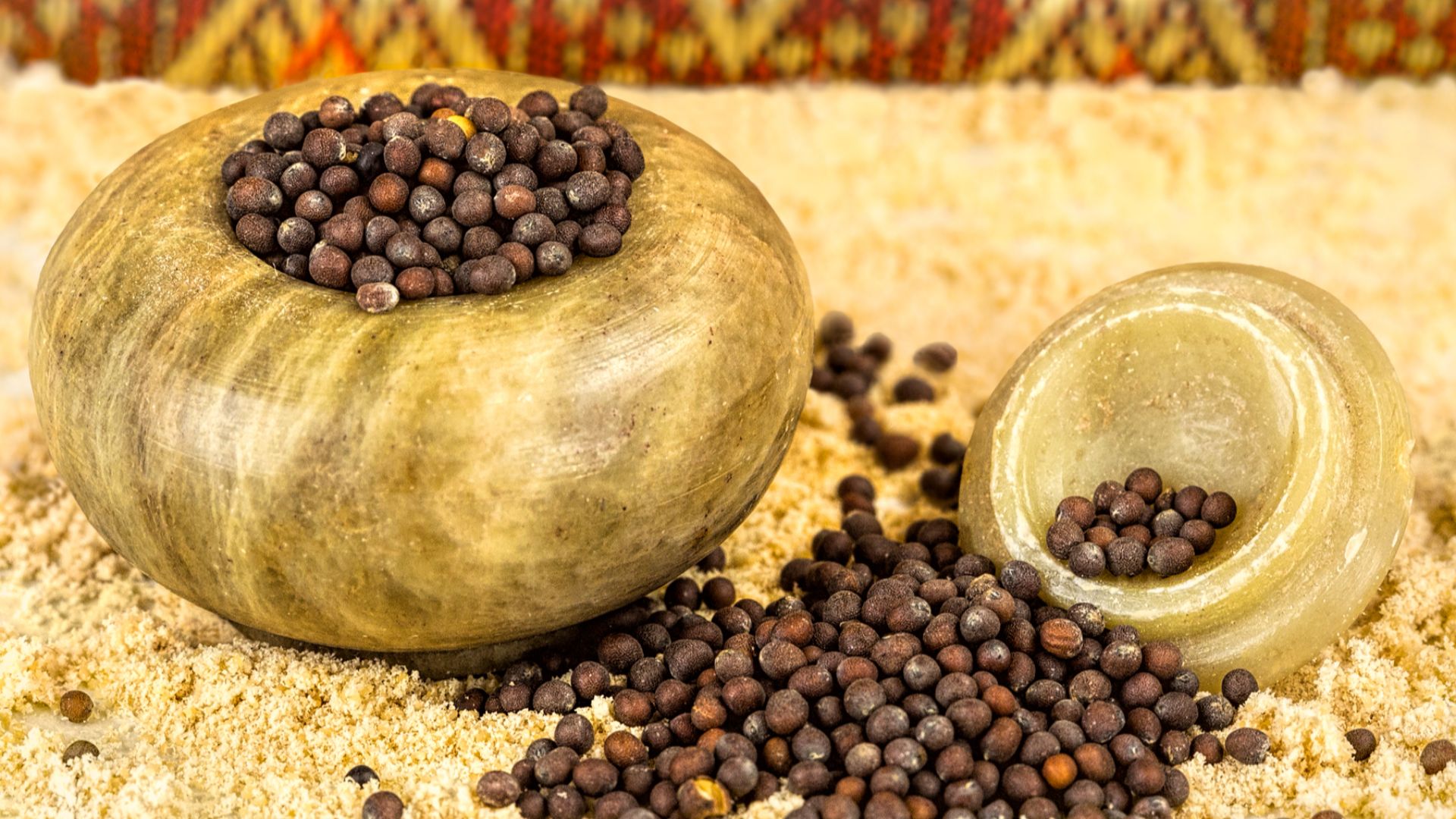 Sheila Sund from Salem, United States on Wikimedia
Sheila Sund from Salem, United States on Wikimedia
11. Vinegar
Vinegar’s sharp tang comes from acetic acid, which also acts as a natural preservative. As balsamic vinegar ages, it becomes sweet and syrupy. As for cleaning vinegar, it intensifies beyond culinary use and delivers a much stronger punch than the kind you cook with.
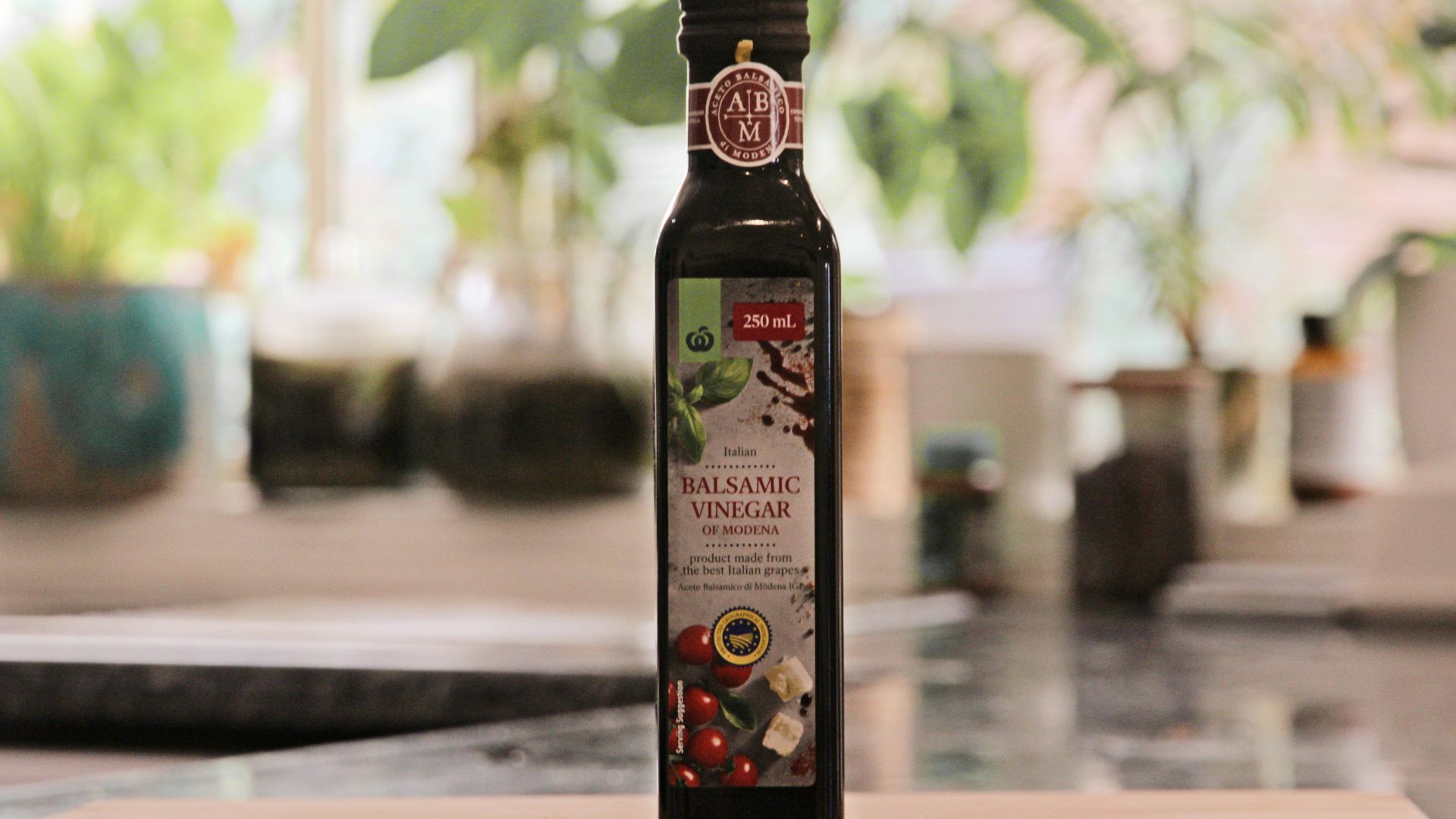 Addilyn Ragsdill @clockworklemon.com on Unsplash
Addilyn Ragsdill @clockworklemon.com on Unsplash
12. Miso Paste
Japan has relied on this flavorful staple for over a thousand years. Miso gets its deep, savory umami from fermentation with koji, a special mold that breaks down soybeans and rice into rich, flavorful compounds. Red miso delivers the boldest punch, while white miso stays on the sweeter, more delicate side.
13. Ginger
Ginger sparks your taste buds with gingerol, the compound responsible for its warming burn. Known for easing nausea and motion sickness, this versatile root adds citrusy, spicy, and earthy notes, which balance perfectly between savory stir-fries and sweet desserts.
14. Fish Sauce
Fish sauce doesn’t hold back—its intense saltiness and funky aroma come from months-long fermentation of fish and salt. Packed with amino acids, it’s the secret weapon behind many Southeast Asian dishes and a go-to source of serious umami.
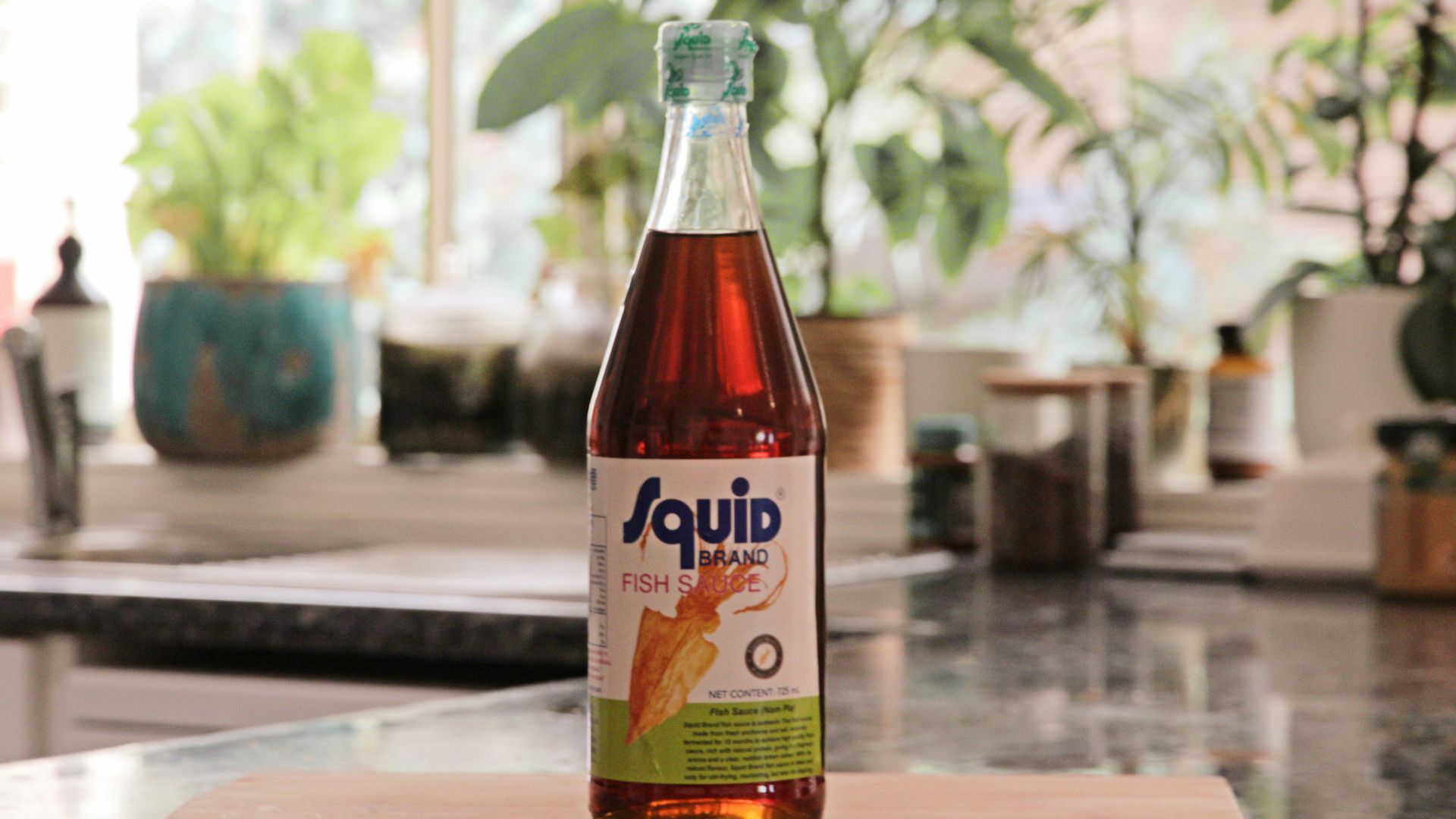 Addilyn Ragsdill @clockworklemon.com on Unsplash
Addilyn Ragsdill @clockworklemon.com on Unsplash
15. Raw Onion
Slice into a raw onion and it strikes back fast with syn-Propanethial-S-oxide, a sulfur compound responsible for the sting in your eyes and that lingering aftertaste. Soaking slices helps dial it down, and red onions usually go easier on you than yellow ones.
16. Tamarind
Tamarind’s sticky pulp delivers a sharp, mouth-puckering sourness that lingers just long enough to surprise you, then comes a soft wave of sweetness. This bold balance makes it a favorite in Indian, Thai, and Mexican cooking. Its tangy kick even sneaks into Worcestershire sauce and some fizzy sodas.
17. Black Licorice
Black licorice contains glycyrrhizin, a super-sweet compound that’s fifty times sweeter than sugar. However, its strong, medicinal flavor divides opinion fast. Traditional medicine has used black licorice for centuries, though eating too much can actually cause health issues.
18. Black Cardamom
Smoky and boldly earthy, black cardamom brings depth that’s nothing like its green counterpart. While green cardamom leans sweet and floral, black cardamom is warming, almost menthol-like. Crushed into spice blends or slow-cooked dishes, it infuses a deep, savory aroma that lingers like woodsmoke.
19. Cloves
Cloves hit hard with eugenol, a spicy compound that slightly numbs your mouth. They rank as the strongest among dried spices and swing between savory recipes and desserts. During Europe’s spice trade era, cloves were so prized that their value surpassed even gold due to their potent flavor and rarity.
20. Fermented Tofu
Fermented tofu gets stored in brine to build a strong umami and an unforgettable smell. Some versions are nicknamed “stinky tofu,” and their taste lands somewhere between aged cheese and ammonia. It’s usually eaten as a bold condiment or snack.
KEEP ON READING

The 5 Most Consumed Foods in the Entire World
